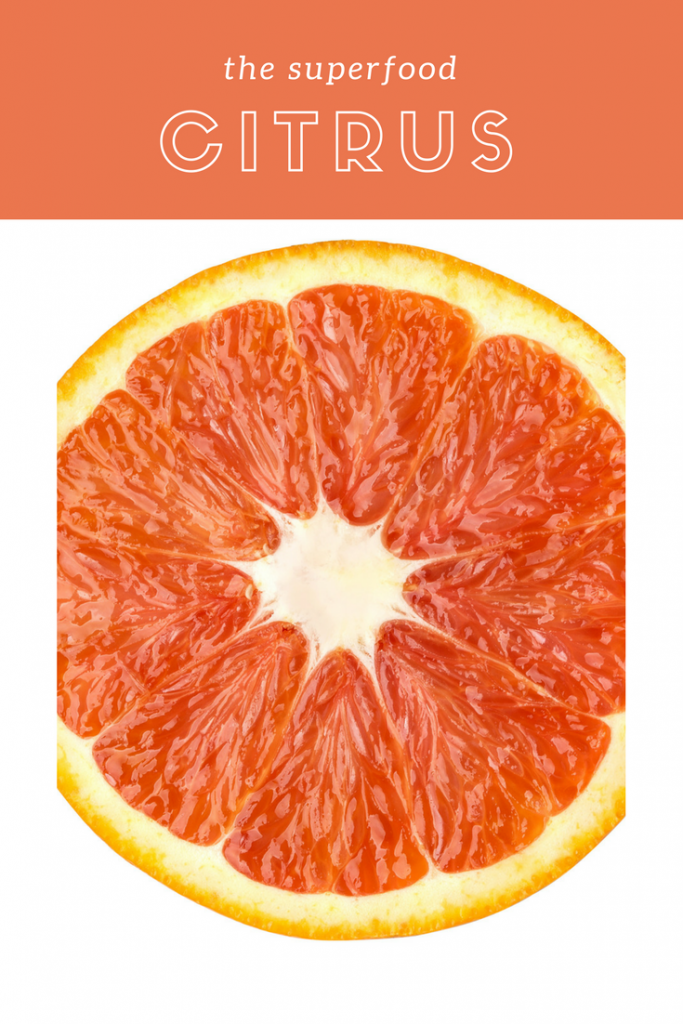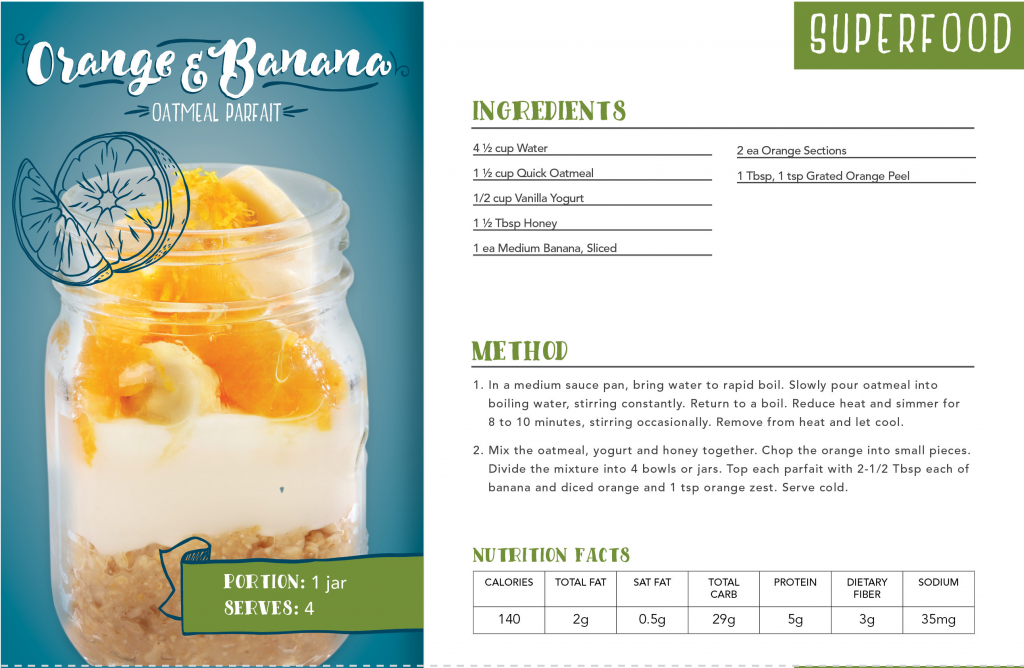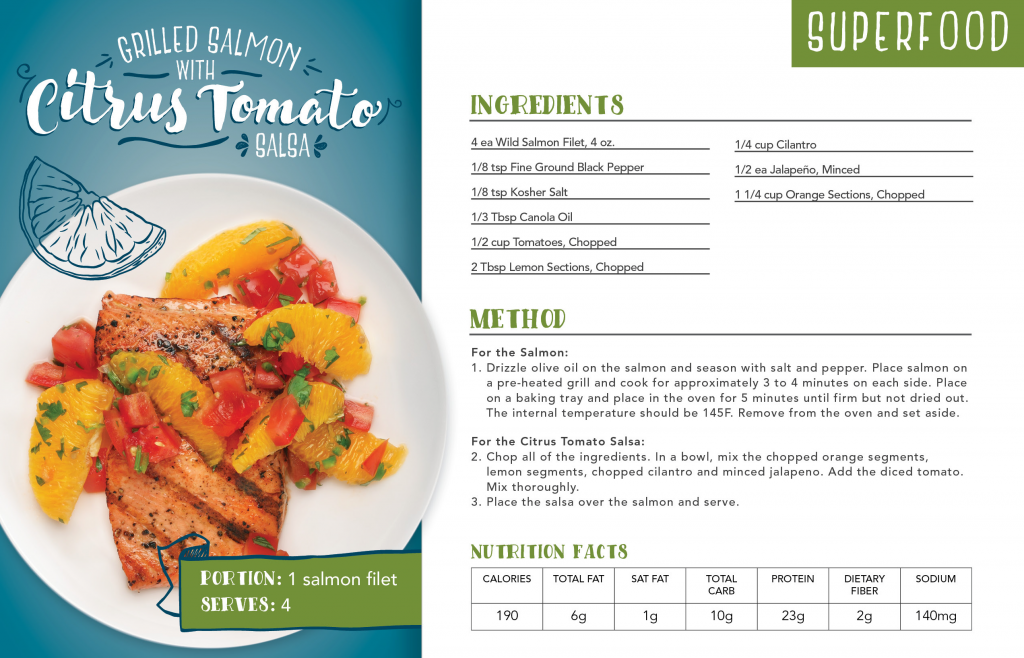Citrus, The Superfood
Which came first… the color or the fruit?
It was actually the fruit! The use of orange as a color didn’t crop up until several hundred years later. The orange fruit is believed to originate from Asia, first cultivated by the Chinese. Now they are eaten around the world and are the most popular citrus fruits in America. Why? Citrus fruits are considered superfoods! This means that they included in a special category of foods that are calorie sparse and nutrient dense. They pack a lot of health punch!
Throughout January, Citrus Month at Western Missouri Medical Center, we celebrated these wonderful fruits that have vibrant flavors and numerous health benefits. Varieties of citrus include oranges, lemons, limes, clementines, orangelos, pomelos, and grapefruits among many others.

The Connection Between Diet and Disease Prevention
Citrus fruits were one of the first foods to show the connection between diet and disease prevention.
While venturing out to sea, sailors were often more afraid of the dangerous ailments of the voyage than the threat of attack by enemies. Tired with sore gums, breaking teeth and bruised limbs, many men would die within months of setting off to sea. Thanks to the curiosity of Dr. James Lind, we now know that Vitamin C can prevent this perilous disease.

Benefits of Vitamin C
Vitamin C (or ascorbic acid) is abundant in citrus fruits. In fact, just one orange provides you with 100% of your daily requirement. Per the NIH, his vitamin is a powerful antioxidant that helps with:
- Wound healing
- Resistance to infection
- Production of collagen
- Absorption of iron
Though Vitamin C may not prevent the common cold, consuming it regularly may help it last fewer days with less severe symptoms. Your body does not produce Vitamin C on its own, therefore, you must get it from your diet.
Citrus and Fiber
Another important benefit of citrus is it is a great source of fiber. One grapefruit contains 4 grams of fiber and two clementines provide 3.5 grams of fiber. Fiber is excellent for digestive health, helps lower cholesterol and can slow the absorption of sugar to help with improved glucose control. Foods high in fiber also tend to be more filling than low-fiber foods, which helps you to stay satisfied longer. This can help with weight loss! Unfortunately, most people do not get the recommended 25 grams for women and 38 grams for men (21 and 30 grams respectively for those >50 years of age). So stock up on various citrus fruits can help you take in those last few grams each day!
Looking for some creative ways to integrate citrus into your meal plan? Try out these two recipes for new ways to eat citrus:


